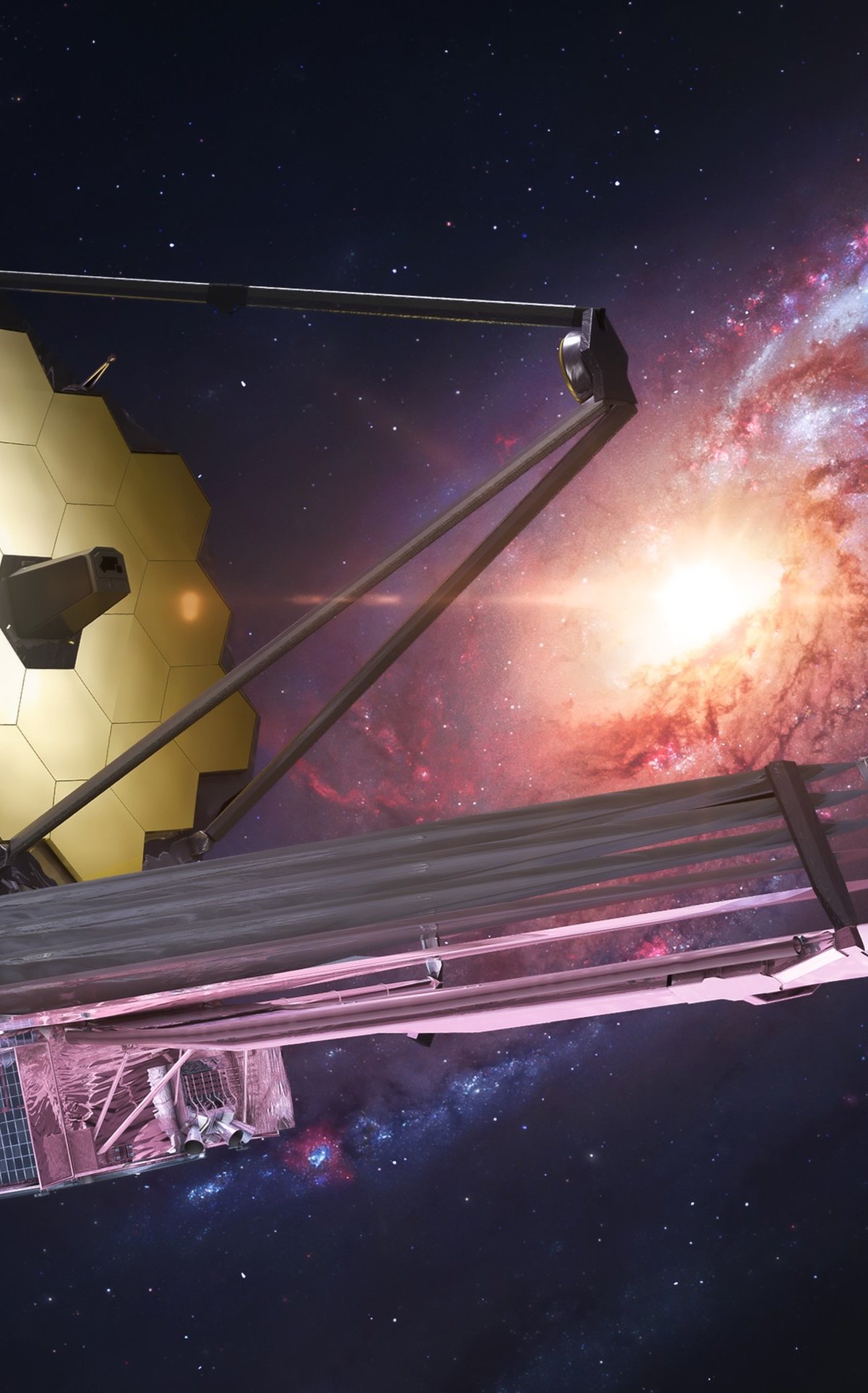Each week, TecMundo and #AstroMiniBR curate relevant and entertaining astronomy curiosities produced by their collaborators Profile on X to spread some more knowledge about the incredible universe of astronomy. Check it out below!
#1: The politics of astronomical data from large telescopes!
Space telescopes like the James Webb and Hubble are powerful tools for collecting astronomical data, allowing us to observe the universe in detail not previously possible.
The data collected by these telescopes is obtained through proposals submitted by scientists from around the world. After approval, researchers are assigned a specific observation period during which the telescope is trained on targets of interest, images and spectra are collected, which are then transmitted back to Earth.
These data are initially processed and stored in special scientific archives that are only accessible to researchers who request them. Astronomical data obtained with telescopes such as the James Webb and Hubble go through an embargo period that usually lasts about 12 months.During this period, only researchers who propose observations have special access. This period allows scientists to analyze and publish their discoveries without direct competition.
After this deadline, the data will be made publicly available on select platforms and websites, allowing the global scientific community and the public to discover and use the information. This data release policy promotes scientific transparency and maximizes the value of observations, enabling new discoveries and advances in our knowledge of the Cosmos!
#2: The shortest day in the Solar System!
Jupiter’s rotation is one of the fastest in the solar system, completing one rotation on its axis in about 9 hours and 55 minutes. This impressive speed Jupiter has a much shorter day not only than Earth’s day, but also than all the planets in the Solar System!
Jupiter’s rapid rotation is a result of it initially forming from a nebula of gas and dust. where conservation of angular momentum causes the planet to spin faster and faster as it shrinksThis rapid rotation also has visible and dramatic effects on the planet’s appearance: the gas giant is significantly flattened at the poles and bulging at the equator due to the centrifugal forces generated by its rotation.
The rapid rotation also contributes to the formation of colorful cloud bands and intense storm systems, such as the famous Great Red Spot. These features are caused by the complex atmospheric dynamics and strong winds circulating around the planet, shaped by the interaction between the rapid rotation and the chemical composition of Jupiter’s atmosphere.
#3: How are planets born?
Pictured below is HL Tauri, a young star located about 450 light-years from Earth in the constellation Taurus. This very high-resolution recording was captured by the Atacama Large Millimeter/submillimeter Array (ALMA) in Chile and reveals extraordinary detail of the protoplanetary disk around the star, showing rings and gaps that indicate early planet formation.
Before observations like this, scientists had only theories and computer models to understand how planets form, but images from HL Tauri provide the first direct visual evidence of this process. It is dramatically changing our understanding of how planetary systems form and evolve.They showed that planets can form much faster than previous models suggested.
The gaps seen in HL Tauri’s protoplanetary disk are likely caused by newly formed planets clearing debris from their orbits around the star.
Did you like the content? So, always stay up to date with the latest astronomical curiosities like this one on TecMundo. See you next Monday!
Source: Tec Mundo
I’m Blaine Morgan, an experienced journalist and writer with over 8 years of experience in the tech industry. My expertise lies in writing about technology news and trends, covering everything from cutting-edge gadgets to emerging software developments. I’ve written for several leading publications including Gadget Onus where I am an author.













